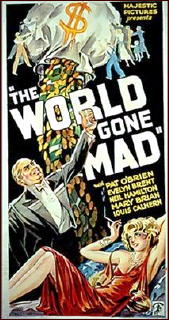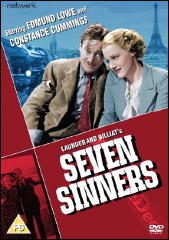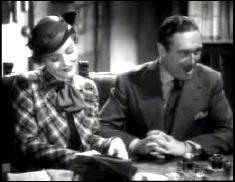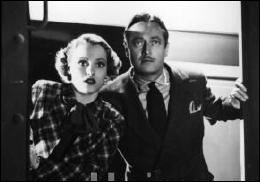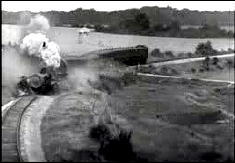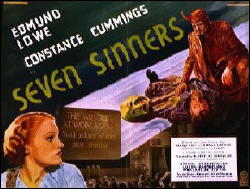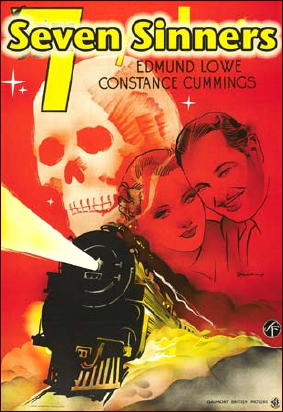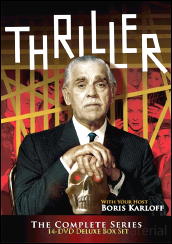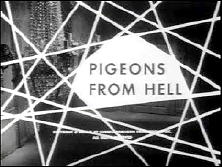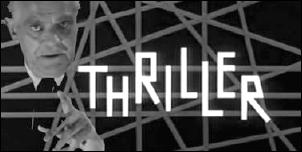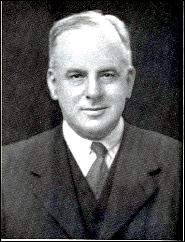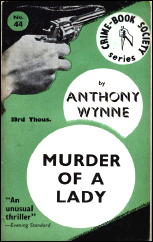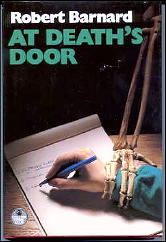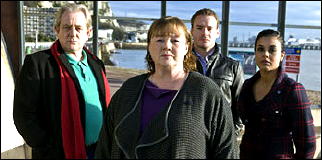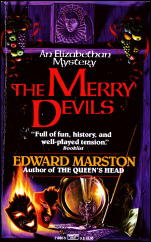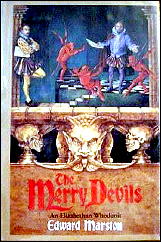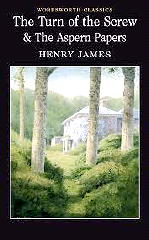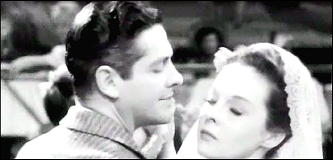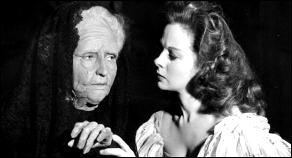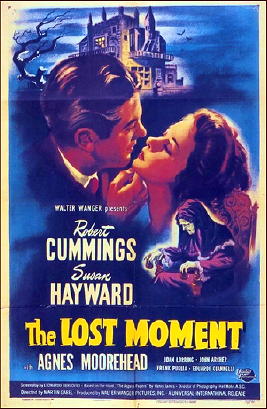Reviewed by MIKE GROST:
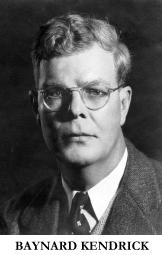
BAYNARD KENDRICK – Make Mine Maclain. William Morrow & Co., hardcover, 1941. No paperback edition.
Make Mine Maclain contains three novellas, all starring blind detective Captain Duncan Maclain. It makes entertaining reading, and is recommended.
1. The Silent Whistle. First publication.
“The Silent Whistle” has a main mystery plot that is somewhat different from Kendrick’s usual approaches. It looks at a nocturnal errand done by the victim, and keeps imagining different explanations of what happened on the errand. These explanations are not masterpieces, but they offer solid ingenuity.
The structure of this main story in “The Silent Whistle” anticipates that of Kendrick’s “5 – 4 = Murderer” (1953):
â— Both open with Maclain at a remote location, where he has journeyed to assist a friend.
â— Both have Maclain exploring by himself what turns out to be a murder scene.
â— Both of these sequences are eerily atmospheric; both also are from Maclain’s Point of View, showing how they appear to his senses such as hearing or touch.
â— Both tales eventually offer multiple, alternative explanations to their main events.
“The Silent Whistle” does have some subplot puzzles that are regular Kendrick specialities:
â— One about dogs and dog whistles, is a Kendrick animal puzzle.
â— The killer manipulates the victim’s behavior through lying phone calls: a variation on the Kendrick standard where the murderer does this through written notes.
â— An alibi subplot is something of a tired old wheeze, used many times before Kendrick.
Elements of the background recall Erle Stanley Gardner:
â— The tale takes place not in Kendrick’s usual New York City, but in the small Southern California towns often used by Gardner.
â— The mystery elements involve driving around S. California: also a frequent source of Gardner puzzles.
â— The victim’s errand involves a complex financial transaction: something Gardner often included to thicken the plot, in his legal mysteries.
â— A lawyer is a character.
The financial transaction has political aspects that I have never seen in any other book, mystery or general.
The trap set by the killer at the end, recalls a bit the one in Cornell Woolrich’s “The Room with Something Wrong” (1938).
2. Melody in Death. First published in The American Magazine, June 1945.
“Melody in Death” (1945) is a not-very-good novella about an opera company, suffering from both dull storytelling and a lack of mystery puzzle ingenuity.
The best mystery subplot involves the song. This is an example of the messages that run through Kendrick. Like others, this one is close to a Dying Message. What it leads to or indicates is also clever. This whole subplot is resolved halfway through the novella.
Kendrick tries for one of his puzzles, where the killer is indicated by being the only person with access to knowledge. Unfortunately, this subplot is a botch. The reasoning is far-fetched. It also has flaws (the victim could have been spreading the information right and left through phone calls, for example).
The basic construction of this puzzle is different from typical in Kendrick. In “Melody in Death,” the claim is that the killer could only have learned something from the victim, just before he killed her, and hence is the murderer: the period just before death was the only time of possible contact between victim and the alleged killer.
If he hadn’t killed her, there would have been no other contact, and he would not have known this information. By contrast, in most Kendrick, there is a piece of general knowledge, shown to have been possessed by whoever did the murder, and it turns out that only one person had the necessary access to the information.
The construction of the puzzle in “Melody in Death” is interesting. One only wishes it had been executed a little better.
There is a suspense finale, something common in Kendrick. This one involves mechanical aspects of an opera house, recalling a bit the mechanical aspects of a hotel building used in the nice finale of The Whistling Hangman. This finale is the second-most-decent feature of “Melody in Death”.
Earlier, the region under the opera stage is discussed, reflecting Kendrick’s interest in underground regions. However, the action of the novella never actually goes under the stage.
3. The Murderer Who Wanted More. First appeared in The American Magazine, January 1944 .
“The Murderer Who Wanted More” is mainly a suspenseful tale about a “woman in jeopardy”. It has a simple whodunit plot, with a solution whose cluing seems to depend entirely on a dubious motive.
Despite its limitations as a detective puzzle, it is a good piece of story telling. The opening suspense sequence, showing a journey taken by the heroine, is especially well done. Most of the rest of the story takes place in the real town of Tottenville, Staten Island, New York.
The tale shows Kendrick’s skill at scene painting. Blind Man’s Bluff, published the previous year, also opens with a woman making a spooky journey in New York City at night.
The opening journey recalls the long trips in Blood on Lake Louisa. Like them, the journey leads to a discussion of alibis and alternate routes. In both works, this likely reflects the influence of Freeman Wills Crofts.
There is a pleasant contrast in the two works: Blood on Lake Louisa takes place in the warmth of Florida, “The Murderer Who Wanted More” in Staten Island during a winter snow storm. (A journey on the Staten Island ferry also occurs in Frank Sullivan’s comedy gem found in his collection of comic sketches A Pearl in Every Oyster (1938).)
A subplot about the mysterious man in the black overcoat, is simple, but also a nice mystery element. It eventually leads to a plot idea about the background of the man, a Kendrick specialty. Kendrick’s description of the man stresses the elegance of the belted overcoat. Overcoats were among the most festive and swaggering elements of men’s fashion in that era.
The sinister past of Staten Island in Colonial days is discussed. A liberal critique of slavery in that era is brought in. The same year, Dragonwyck (1944), an historical novel by Anya Seton, would look at the sinister anti-democratic regimes of Old New York. The Balcony (1940), a mystery novel by Dorothy Cameron Disney, also looks back at the legacy of slavery.
A good guy character is a Certified Public Accountant in New York. This recalls the interest in finance in Blind Man’s Bluff. We also get a look at financial deals behind World War II war industry work.
